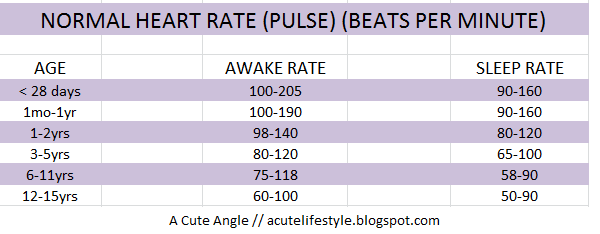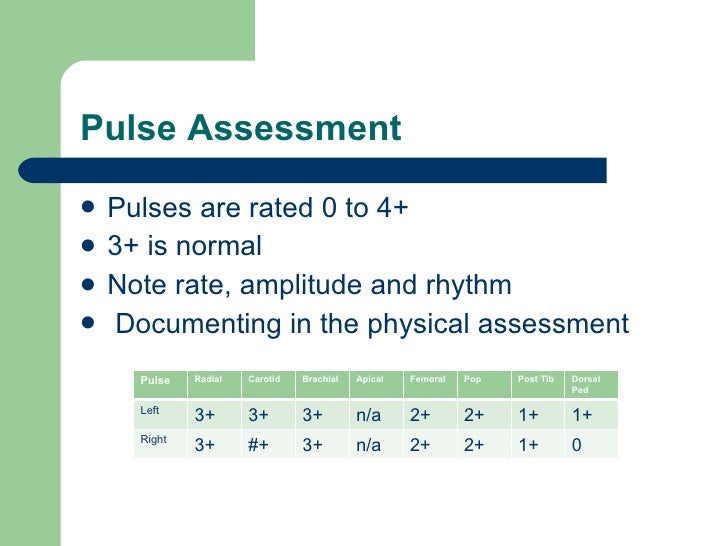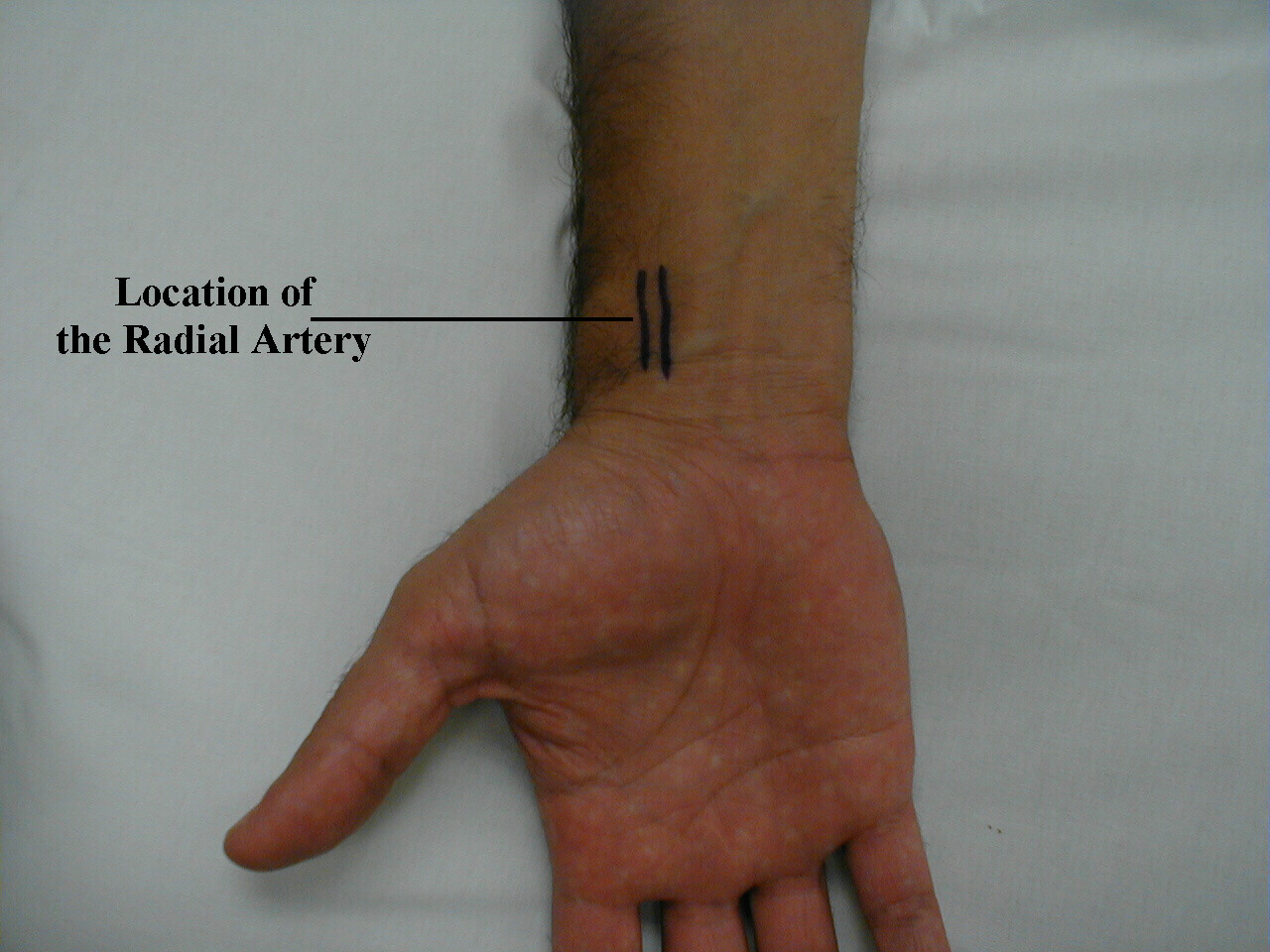Term
| Bowel sounds heard in all 4 quadrants vary in frequency, pitch, and intensity and occur irregularly from 20 times per minute |
| Definition
| Bowel sounds present in all 4 quadrants |
|
Term
| Bowel sounds heard in all 4 quadrants vary in frequency, pitch, and intensity and occur less than 5 per minute |
| Definition
| Bowel sounds hypoactive in all 4 quadrants |
|
Term
| Bowel sounds heard in all 4 quadrants, loud and greater than 60 per minute |
| Definition
| Bowel sounds hyperactive in all 4 quadrants |
|
Term
| When palpating abdomen you observe that it is pliable with no significant resistance, it is not distended and the patient tells you that there is not pain with palpation or on rebound |
| Definition
| Abdomen soft, non-tender, and flat. |
|
Term
| You inquire regarding the patients last bowel movement and the patient says, I had one this morning. You ask if they had any trouble and what the color and consistency was. The patient tells you it was formed, they had no difficulty, and it was brown. |
| Definition
| Last BM [today's date]. Pt. reports formed, brown stool, and no straining on defecation. |
|
Term
| Pupils contract when light shined in eye, shape of pupils are round and both pupils are of equal size, pupils converge toward bridge of nose when following object which is moving toward nose from approximately 12 inches away. |
| Definition
|
Term
| While the patient's eyes are closed the patient is able to identify light touch in all extremities. |
| Definition
| Sensation to light touch present in all extremities. |
|
Term
| Patient grasps your first two fingers of both hands at the same time. The patients grip is strong and no difference in strength between the right and left is noted. |
| Definition
| Hand grasp strength strong and equal bilaterally. |
|
Term
| The patient pushes and pulls with arms against resistance. You note that both arms are strong and the force in both the right and left arms is the same. |
| Definition
| Upper extremity strength strong and equal bilaterally. |
|
Term
| The patient pushes and pulls with legs against resistance. You note that both legs are strong and the force in both the right and left arms is the same. |
| Definition
| Lower extremity strength strong and equal bilaterally. |
|
Term
| Patient is able to push with the balls of his/her feet against the palms of your hands and to lift distal feet against palms of your hands placed on top of the patient feet strongly and equally with both feet. |
| Definition
| Plantar flexion and extension strength strong and equal bilaterally. |
|
Term
| The patient tells you that she ate breakfast this morning. You place your hands on her neck and lightly palpate the larynx while asking her to swallow. The larynx moves upward and then back to its original position. The patient does not appear to strain or have difficulty swallowing. You note that the patient is not drooling or coughing. |
| Definition
| Swallow intact. No drooling or coughing noted. |
|
Term
| You ask the patient to provide her name, the day of the week, and her location. She provides all the correct information. You note that she responds quickly and appropriately, her eyes are open and she is observing you as you move about the room. She is able to follow simple commands when you are asking her to participate in the assessment. |
| Definition
| A & O x 3. Pt. able to follow simple commands. |
|
Term
| The patient is able to walk from the bed to the door without difficulty and no assistance. The patient walks in a straight line. |
| Definition
|
Term
| You ask the patient to close her eyes while holding her arms to her sides and you gently push your patient at the shoulder from the side front and back allowing her to adjust after each push. The patient stands upright with no loss of balance. |
| Definition
|
Term
| Pedal and radial pulses easily palpable, regular, and of the same strength between the right and left. |
| Definition
| Radial and pedal pulses 2+ and equal bilaterally. |
|
Term
| When auscultation the apical pulse for 1 minute you note the rate of 78, and are able to hear the pulse well. The pulse is regular. |
| Definition
| AP 78 strong and regular. |
|
Term
| While assessing the apical pulse, you palpate the left radial artery. The pulses and rhythms are equal. |
| Definition
| Apical and radial pulses equal rhythm and rate. |
|
Term
| You press on a finger nail on each hand and a toenail on each foot. You observe the nail bed blanches when pressed and turns pink within less than 2 seconds once released. |
| Definition
| Nail bed capillary refill < 2 seconds in upper and lower extremities bilaterally. |
|
Term
| While assessing the patient's feet and ankles you press momentarily behind the left and right distal tibia and the top of both feet. When you release the pressure the skin rebounds quickly and no swelling is noted. |
| Definition
| No edema noted in bilateral lower extremities. |
|
Term
| Using your stethoscope you auscultate lung sounds on both the anterior and posterior chest in the 6 areas. Air movement is heard in all lobes with no crackles, pops, wheezes, bubbling, rubbing, or clicking sounds heard. |
| Definition
| Lung sounds clear to auscultation and equal bilaterally. |
|
Term
| The chest is inspected and palpated anteriorly and posteriorly after auscultation. You note no lumps, the patient does not complain of pain, and you notice that the chest moves equally. The patient breaths will minimal effort and does not appear to be short of breath. |
| Definition
| Eupnea; chest excursion equal bilaterally. No complaints of pain and no masses noted on palpation of anterior and posterior chest. |
|
Term
| During your assessment of the patient, you noted no wounds, rashes, bruises, discolorations, lesions or other problems with the skin. You also note that the skin is warm and dry when you touch the patient. The skin color has a pink hue, and after pinching up the skin on the clavicle and letting go the skin retracts back quickly. |
| Definition
| Skin intact, color pink, warm and dry to touch, and turgor elastic. |
|
Term
| The patient states that she urinated before you came into the room and that it was left in the toilet as requested by the prior nurse. You inspect the toilet and observe straw colored clear liquid in the toilet. The patient states that she had no pain or difficulty voiding. |
| Definition
| Pt. reports voiding this AM, toilet contains straw colored clear urine. Pt. denies difficulty urinating. |
|





